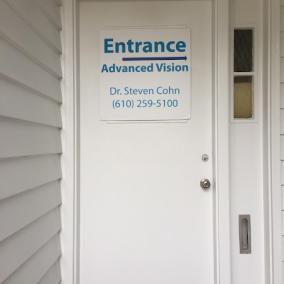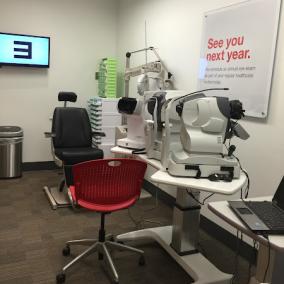Astigmatism is a common vision condition that leads to blurred or distorted vision. This vision problem occurs when the light that enters the eye does not focus uniformly on the retina—the light-sensitive part at the back of the eye. In essence, the cornea, the clear front cover of the eye, or the lens, located behind the cornea, has an irregular shape, leading to astigmatism.
Astigmatism is not a disease, rather a refractive error similar to nearsightedness (myopia) and farsightedness (hyperopia). While a normal eye has a symmetrically round cornea, like a soccer ball, an astigmatic eye's cornea is more like a rugby ball—with one meridian steeper or flatter than the perpendicular meridian.
Symptoms and causes of astigmatism
Astigmatism often begins in childhood, but it can occur at any age. The most common symptoms encompass blurred or distorted vision at all distances, eye strain, headaches, fatigue after lengthy visual tasks such as reading or working on a computer, and squinting or tilting the head to see better.
Notably, mild astigmatism may not affect the quality of vision or cause noticeable symptoms. Thus, regular eye exams are crucial to detect uncorrected astigmatism and other vision problems early.
Astigmatism primarily arises from a natural and often inherited malformation of the cornea or lens. This irregularity redirects light rays, causing them not to focus precisely on a single point on the retina but spread out over a larger area. Few cases link astigmatism to eye surgeries, scars, or specific diseases affecting the cornea's shape.
Regardless, astigmatism doesn't get worse over time, and contrary to some beliefs, it's not caused by reading in low light, sitting too close to the television, or squinting.
Treatment of astigmatism
Astigmatism can be effectively treated, improving eye comfort and sight clarity. Precise treatment depends on the severity of astigmatism and individual lifestyle needs.
In most cases, astigmatism is corrected with eyeglasses or contact lenses—both refract light to allow it to focus correctly on the retina. The lenses for astigmatism are 'toric' lenses, which have greater light bending power in one direction than the other. Toric lenses are made with different curves to match the cornea's specific shape and degree of astigmatism.
For individuals who find eyeglasses or contact lenses inconvenient, corrective surgery may be an option. Laser refractive surgery like LASIK reshapes the cornea, addressing the root cause of the error. Other surgical procedures change the cornea's shape or insert a toric implantable lens, helping it focus light accurately.
Before choosing a treatment, speak with an eye doctor about the best solution for you. Not everyone is a good candidate for surgery, and some types of astigmatism don’t respond well to certain treatments.
In conclusion, astigmatism is a common and treatable eye condition. Regular eye exams, understanding the symptoms, and being aware of treatment options can help manage this common vision issue effectively.

















